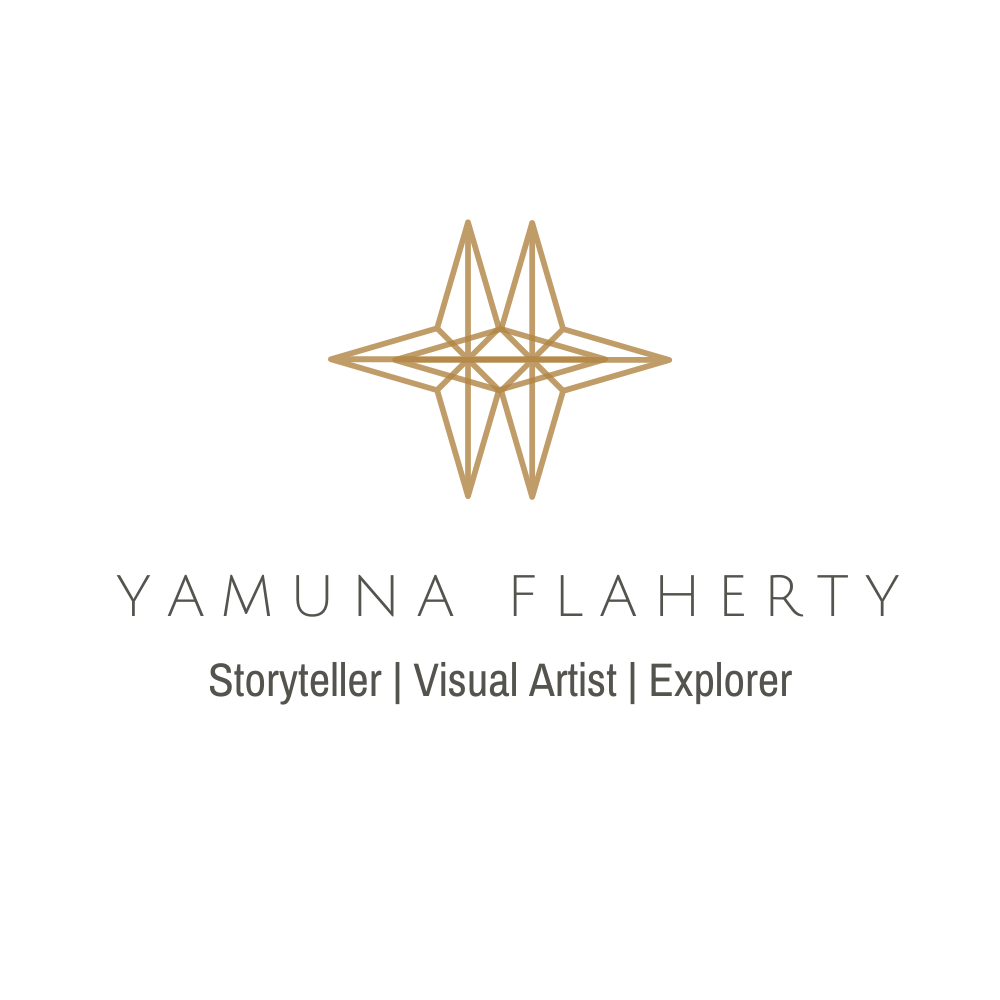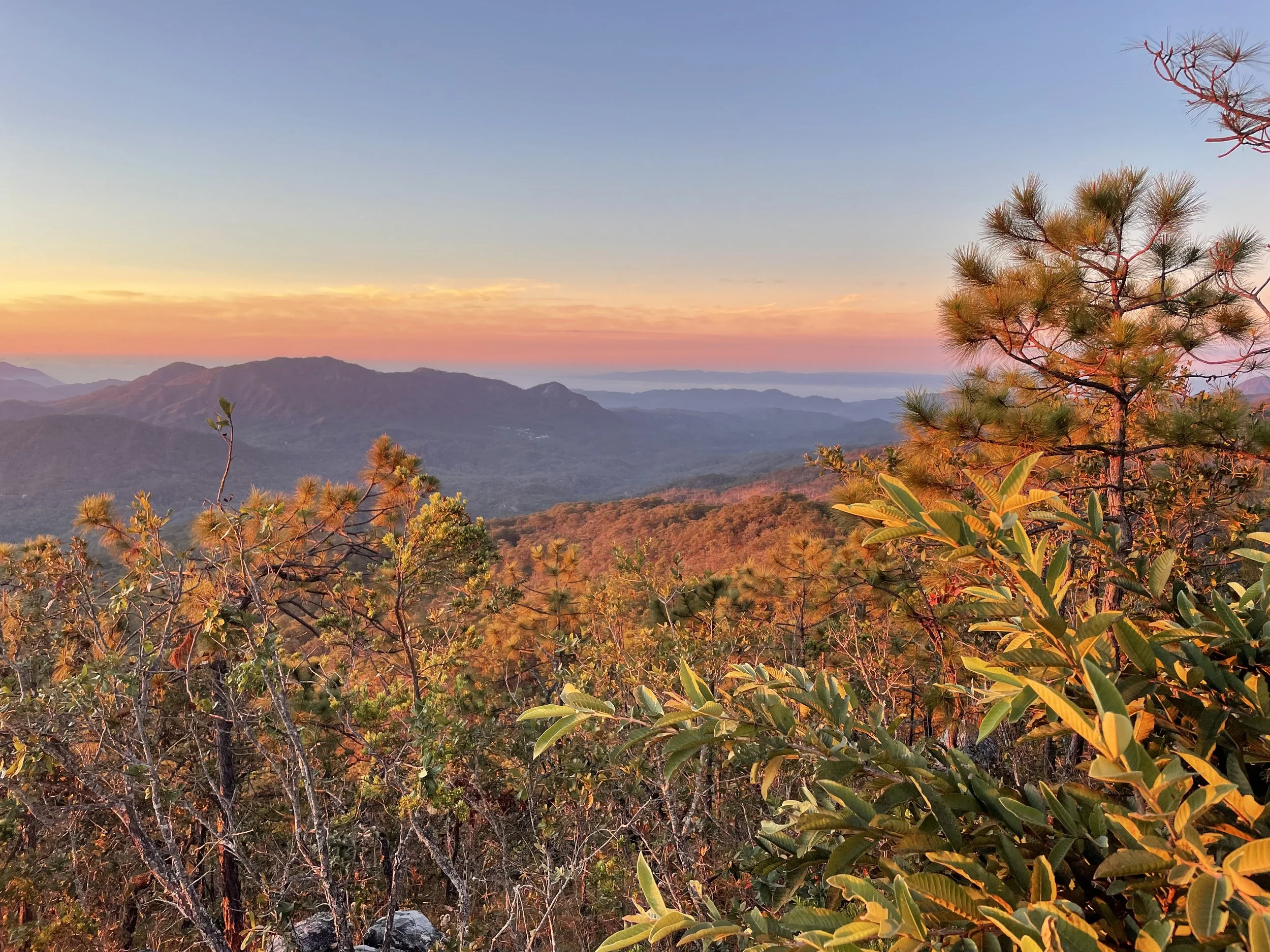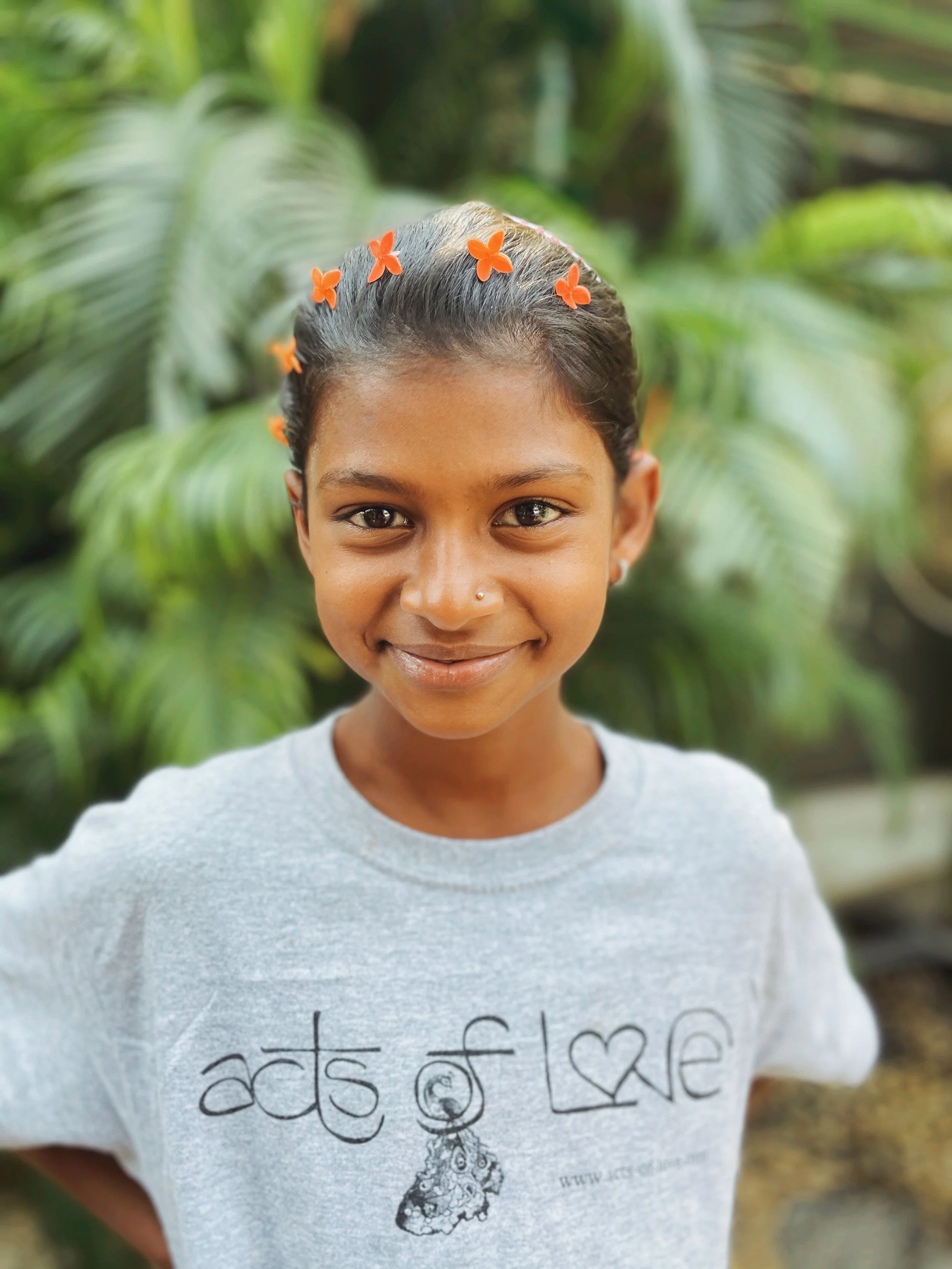Mohkinstsis
A protest camp erected outside the Calgary courthouse brings a spotlight
to the systemic racism and intergenerational trauma Indigenous People
face in Canada. But it also provides a safe space where Native People can gather
and ‘settlers’ can learn about the culture and plight of Canada’s First Nations.
Many Calgary residents, myself included, have never heard of the word Mohkinstsis, let alone would know that it is the traditional Blackfoot name for our hometown. It translates to “elbow in the river,” referring to the Elbow River, which flows from the Canadian Rockies and merges with the Bow River in Calgary. The name now refers to a collection of tipis that sit outside of the Calgary Courthouse. Garret C. Smith, a Blackfoot Calgarian and founder of the Mohkinstsis Healing Camp, thought it appropriate to revitalize the name in honour of the traditional Blackfoot custodians of the Treaty 7 land. Living as an actor in Toronto for nearly a decade, Garret spoke about how his move back to Calgary has inspired reconciliation with his Indigenous heritage. “I allowed myself to drift away… to become enamoured with colonial life as opposed to traditional ways. There is a sense in me that I am disconnected, that I don’t know who I am. And so, [Mohkinstsis] is largely a healing journey for myself, that I am doing very publicly, in hopes… that young Indigenous peoples will follow in the same steps.”
Mohkinstsis, initially named ‘Soaring Eagles Camp’, was erected on February 25th, 2018, in solidarity with Darla Contois’ peaceful protest outside of the Winnipeg Legislative Building. Both camps sought to raise awareness about the inequity of justice for Aboriginal peoples across Canada, particularly in the wake of two recent acquittals of men accused of murdering Indigenous youth. Soaring Eagles was taken down a few days later but quickly re-raised at the insistence of supporters who had found a sense of community at the camp.
Ruby Starlight, a mother of ten from the Tsuu T’ina Nation, has personally experienced what she identifies as the justice system’s discrimination. She has been waiting three years for an inquiry into the death of her twenty-six-year-old son, Cash Starlight, who was found unresponsive on the Sarcee Reserve while in police custody.
“He was very badly beaten up and banged up,” she recounts. I asked Ruby if there was a parallel between her son’s treatment and the recent high-profile acquittals that inspired Soaring Eagles Camp. She responded, “They [the children] all had a purpose for life but were said to be of no value [to society].”
Sadly, these cases are just the tip of the iceberg regarding the legacy of systemic injustice Indigenous Peoples have historically experienced. In the Canadian Government’s attempt to assimilate First Nations into ‘settler’ culture, certain ceremonies and social gatherings were criminalized under the ‘Indian Act’, depriving generations of their cultural identity and transmitting their values.
Some Aboriginal children were forcibly removed from their families and placed in residential schools, a state-sponsored and church-administered indoctrination program. The doors finally closed on the residential school system in 1996. Although, the First Nations families suffer from intergenerational trauma to this day.
Nathaniel Rain aka YB Nakota, from the Paul Band, is one such youth who knows intergenerational trauma firsthand. He comes to Mohkinstsis every day to sing and drum. After years of battling addiction, getting involved with a gang, and spending six years in prison, this welcoming community has been a lifeline to him. He spoke about his own estrangement and reunion with his culture. “I come from a long line of abuse. My grandma comes from the residential school system. Both of my parents were alcoholics… I was in and out of child welfare. There wasn’t even a home in there. There wasn’t home on the reserve. I met this gang, and they made me feel like I was a part of something that I had a family. I had that brotherhood, but really that was a lie. I have been in and out of jail my whole life. Through time in the institutions, it was like Spirit was talking to me. Going to jail set a path for me to find the Red Road.”
According to Native American spirituality, walking the ‘Red Road’ is a commitment to personal wellness and an act of living by the Creator’s instructions. Nathaniel’s healing process deepened when he started singing traditional songs.
“An elder asked me one time, “What do you sing for?” continued Nathaniel. “I couldn’t give him an answer. I don’t know what I sing for; I just sound good. But I now know my purpose. I sing for those lost ones. For those missing and murdered Indigenous women. All those little kids in residential school that never made it home. They don’t have no voice, so I sing, I sing for them... for our ancestors who left this earth. They are all guiding me; they are guiding all of us.”
In 2015, the Prime Minister of Canada, Justin Trudeau, committed to a renewed relationship with Indigenous Peoples, through what he called the “journey of reconciliation.”
For Garret, that journey has only just begun for First Nations. "This idea of reconciliation that Canada likes to talk about, it’s just an idea to us still. For us to engage in that process of reconciliation, we need to heal ourselves first.”
He is also quick to point out the underrepresentation of Indigenous spirituality in Calgary. There are more than 400 churches in the city, but not a single Indigenous place of worship in the urban center. Mohkinstsis hopes to change that with a permanent space that would provide the First Nations with a place to honour their culture.
Garret admits the situation is complex and involves the guidance of elders. “There really is no protocol for anything like this. We’ve never done anything like this before. We've never established a camp like this, especially within the Blackfoot territory in downtown Calgary. What I am doing is very radical in traditional”
Mohkinstsis Healing Camp is not just a place where First Nations gather; it has seen attendance and support from the wider community of Calgary as well. Joshua, the founder of the local NGO ‘Hands on Growing’, is sharing his passion for and knowledge in urban farming by providing the camp with tomato plants. When questioned on what motivated him to get involved he said, “We may all have our differences but one thing we have in common is the table.” Growing food together is a means towards collective healing and also puts the long-term intentions of the camp into stark focus.
I've had the privilege to partake in many of the camp's activities and get to know those who find healing here. Participating in the Mohkinstsis community has allowed me to engage with First Nations voices and listen to their experiences firsthand. Judging by some ‘outsider’ reactions to the camp, it is clear that our First Nations people continue to suffer from distorted stereotypes and negative social stigma. This reality greatly highlights the importance of Indigenous and ‘settler’ meeting face-to-face: Mohkinstsis Healing Camp gives us Calgarians an opportunity to contribute to the reconciliation process by acknowledging our shared humanity.
The camp has a unique meaning for every person I have met thus far. For some it is about justice, and for others it signifies a return to their roots. However, it is simply having a space where this community feels represented which serves as the ultimate healing force.
“In this big city of Calgary, it's beautiful to find one square ground that leaves a space for First Nations,” Ruby says.
As Nathaniel reminds us, “We’re here and we’re Natives. We ain’t going nowhere. We haven’t been anywhere.”
It is Garret that keeps Mohkinstsis’ mission of building a bridge in focus. “Come with an open mind and open heart. Just [bring] the willingness to understand and learn, and engage in a conversation with one another. That’s really what this is. It's like Grandma’s house. There’s food, there is coffee in there, you come and sit down and there is a fire going. Let’s just sit down and get to know each other.”






























